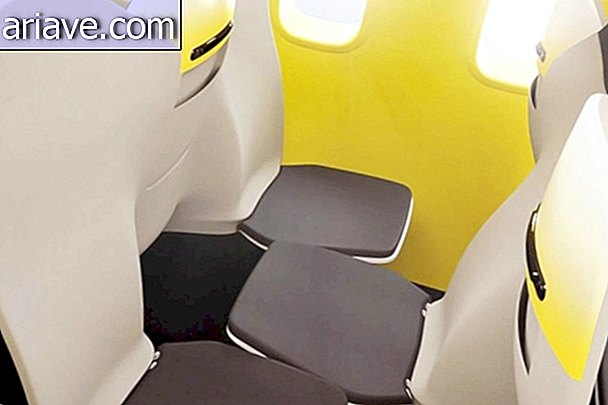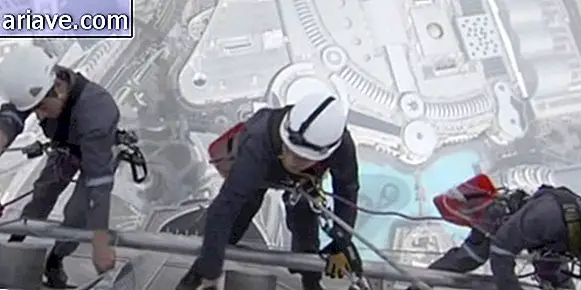Earthquake Detector Works 2000 Years After It Was Created
Visitors to the Beijing Museum of Chinese History are faced with what appears to be a dragon-decked cauldron surrounded by frogs, all with their mouths open. The exotic object, considered the first seismoscope in history, was designed more than 1, 800 years ago by what can be considered a precursor of Leonardo da Vinci: the poet, writer, astronomer, mathematician, scientist, cartographer, geographer, engineer, physicist and Chinese inventor Zhang Heng.

He presented his device to the imperial court in the capital city of Luoyang in 132 AD. The device consisted of a gigantic bronze vase about two meters in diameter; to adorn it, eight creeping dragons. It is believed that within the hollow body of the seismoscope was a pendulum flanked by lever mechanisms connected to each of the dragons. Shock waves from an earthquake would cause the pendulum to swing, activating the internal mechanism.

The corresponding dragon would then drop his ball directly into the frog's mouth in front of him, informing the court that not only had an earthquake occurred, but from which direction the quakes would come. Each pair of dragon and its corresponding frog was related to a compass point so that the government knew where to send aid.

In AD 138, at the time, when the sound of a ball falling into the mouth of a frog was heard, many in the royal palace doubted that the device could really do what it promised. A few days later, a messenger arrived with the news that the region where Gansu Province is today had been shaken by a great earthquake - exactly the direction the dragon spitting his ball pointed.
Replicas registered no earthquake
Although there are documents partially explaining the operation of the seismoscope, the original was never found. Therefore, its internal mechanism is still the subject of debate. In 2006, seven scientists in seismology, archeology and mechanical engineering from the Chinese Academy of Sciences, National Museum and China Earthquake Management replicated the Heng seismoscope to detect simulated earthquakes (records of earthquake shockwaves from China were used). and in Vietnam). The results were surprising: the engine detected them all.
Reconstructions have been made since 1875. None of the replicas could detect an unimulated earthquake - not even the currently known model recreated by Chinese researcher Wang Zhenduo in 1951.

The fame and ubiquity of this model (even in museums) is worrying seismologists, mainly because it was unable to even detect the 1976 earthquake that killed 250, 000 people and injured another 800, 000 among civilians and rescue workers in the city. from Tangshan. Now they are trying to convince the government to remove their image from textbooks.











